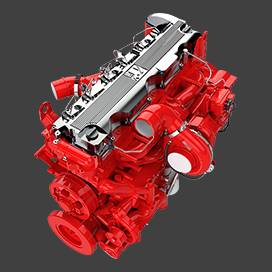Nov . 19, 2024 17:25 Back to list
Tips for Safely Removing Brake Drums Efficiently and Effectively
Tips for Brake Drum Removal
Removing brake drums can be a straightforward task if approached with the right knowledge and tools. Whether you're performing a brake job at home or maintaining your vehicle, understanding the process is crucial for both safety and efficiency. Here are some essential tips to make your brake drum removal smoother.
1. Gather Your Tools
Before starting, ensure you have all the necessary tools on hand. You'll typically need
- A jack and jack stands - A lug wrench - Pliers - A brake drum puller (if necessary) - A rubber mallet or hammer - Safety goggles and gloves
2. Safety First
Always prioritize safety when working on your vehicle. Park your car on a flat surface and engage the parking brake. Use wheel chocks to prevent any movement. Wear safety goggles to protect your eyes from dust and debris, and gloves to protect your hands from sharp edges.
3. Loosen the Lug Nuts
Before lifting the vehicle, slightly loosen the lug nuts on the wheel whose brake drum you intend to remove. This step is easier to do while the wheel is still on the ground. However, don’t remove them completely at this stage.
4. Lift the Vehicle
Using your jack, raise the vehicle and secure it with jack stands. Once the car is stable, you can fully remove the lug nuts and take off the wheel. This will give you direct access to the brake drum.
brake drum removal tips

With the wheel off, take a moment to inspect the brake assembly for any visible signs of wear or damage. Look for leaks in the brake lines, worn pads, or any loose components. Addressing these issues now can save time later.
6. Remove the Brake Drum
Most brake drums are held in place by the wheel hub, but some may have additional retaining screws. Use your pliers to remove any clips or screws. If the drum doesn’t come off easily, this might indicate that the brake shoes are still making contact. A gentle tap with a rubber mallet around the drum's circumference can help loosen it.
If it's particularly stubborn, a brake drum puller can be used to apply even pressure and safely remove the drum without causing damage.
7. Clean the Brake Components
Once the drum is removed, take the opportunity to clean the brake components. Use brake cleaner to eliminate dust and debris from the shoes, drum, and backing plate. This step ensures optimal performance and safety for the next assembly.
8. Reassembly
After you're done with any necessary repairs or replacements, you can begin reassembling the brake drum. Make sure you follow the steps in reverse order, ensuring everything is secured properly.
Conclusion
Brake drum removal doesn’t have to be daunting. With proper preparation and knowledge, you can perform this task successfully and enhance your vehicle's braking performance. Always remember, if you feel uncertain about any step in the process, consult a professional mechanic for assistance. Safety and efficiency should always come first.
-
HINO Industrial Efficiency-Jiangsu Hino Industrial|Productivity Optimization&Cost Reduction
NewsJul.12,2025
-
HINO-¡Ң���ຽ��е��������˾|Advanced Industrial Solutions&Energy Efficiency
NewsJul.12,2025
-
Premium Brake Drum Iveco – Durable Drum Brake Drum & Brake Shoe Solutions
NewsJul.08,2025
-
High-Performance Brake Drum Liza for Enhanced Safety Reliable Drum Brake Drum & Brake Shoe Solutions
NewsJul.08,2025
-
High-Quality Brake Drum MAZ – Durable Drum Brake Drum & Brake Drum and Brake Shoe for Optimal Performance
NewsJul.07,2025
-
High-Quality Brake Drum Kamaz for Reliable Performance Durable Drum Brake Drum & Brake Shoes
NewsJul.07,2025
